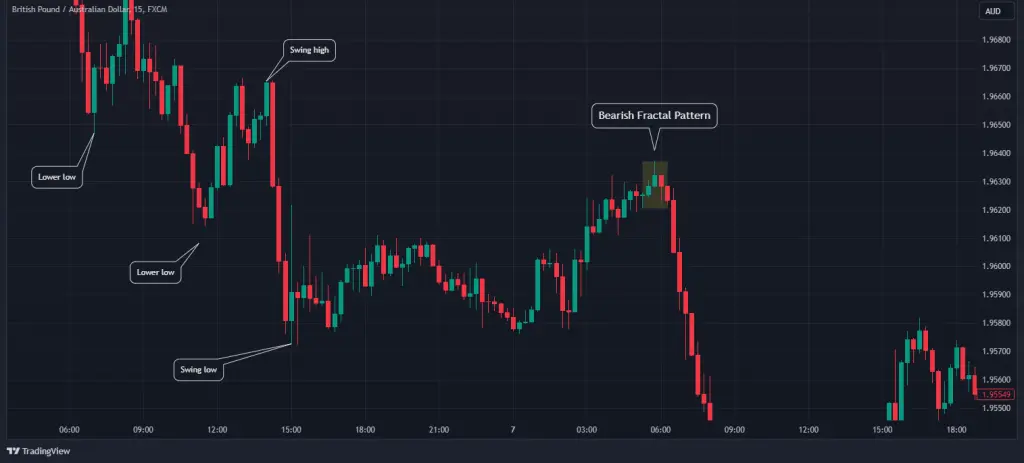Introduction
The foreign exchange market operates on patterns that repeat themselves across different timeframes. These recurring patterns, known as fractals, provide traders with valuable insights into market behavior. Malaysian traders can benefit from understanding how these self-similar structures appear in forex charts and how to utilize them effectively in their trading strategies.

Understanding Fractal Structures in Forex
A fractal structure represents a pattern that repeats itself at different scales. In forex trading, these patterns manifest across various timeframes, from monthly charts down to minute-by-minute price movements. Malaysian traders encountering FX Fractal patterns often notice similar formations appearing in both larger and smaller timeframes.
Key characteristics of fractal patterns:
• Self-similarity across different scales
• Recursive nature of market movements
• Pattern recognition opportunities
• Trend confirmation signals
• Support and resistance level identification
Trading Methods Using Fractal Analysis
Common fractal-based trading approaches:
Dow Theory Application
- Trend identification
- Market phase analysis
- Volume confirmation
- Price action validation
- Support/resistance levels
Elliott Wave Integration
- Wave pattern recognition
- Fibonacci relationships
- Trend prediction
- Entry/exit point determination
- Risk management
Table 1: Timeframe Correlation in Fractal Analysis
Timeframe | Pattern Type | Trading Purpose |
Monthly | Primary | Trend Direction |
Weekly | Intermediate | Strategy Setup |
Daily | Minor | Entry Points |
4-Hour | Micro | Fine-tuning |
Benefits of Fractal Trading
Advantages for Malaysian traders:
Enhanced Analysis
- Multiple timeframe confirmation
- Stronger trading signals
- Reduced false breakouts
- Better risk assessment
- Improved entry timing
Market Psychology Insights
- Crowd behavior patterns
- Market sentiment analysis
- Momentum indicators
- Volume correlation
- Price action signals
Implementation Strategies
Key steps for successful fractal trading:
Technical Setup
• Multiple chart analysis
• Indicator configuration
• Pattern recognition tools
• Time frame synchronization
• Alert system setup
Table 2: Fractal Pattern Recognition Framework
Pattern Type | Characteristics | Trading Action |
Bullish | Higher highs | Buy setup |
Bearish | Lower lows | Sell setup |
Neutral | Sideways | Range trading |
Risk Management in Fractal Trading
Essential risk control measures:
Position Sizing
- Account balance consideration
- Risk percentage calculation
- Stop-loss placement
- Take-profit targets
- Leverage management
Trading Plan Elements
• Entry rules
• Exit strategies
• Risk parameters
• Position management
• Performance tracking
Conclusion
FX Fractal patterns provide Malaysian traders with a powerful framework for analyzing market movements and making informed trading decisions. By understanding and properly implementing fractal analysis, traders can enhance their market analysis capabilities and potentially improve their trading results.
FAQ Section
What is FX Fractal trading?
FX Fractal trading involves identifying and trading recurring patterns that appear across different timeframes in forex charts.
How reliable are fractal patterns?
Fractal patterns are most reliable when confirmed across multiple timeframes and supported by other technical indicators.
Can beginners use fractal analysis?
Yes, beginners can start with basic fractal patterns while gradually learning more complex applications.
What timeframes work best for fractal analysis?
Daily and 4-hour charts are most popular, but fractals can be found across all timeframes.
How does fractal analysis complement other trading strategies?
Fractal analysis works well with traditional technical analysis, wave theory, and trend-following strategies.


